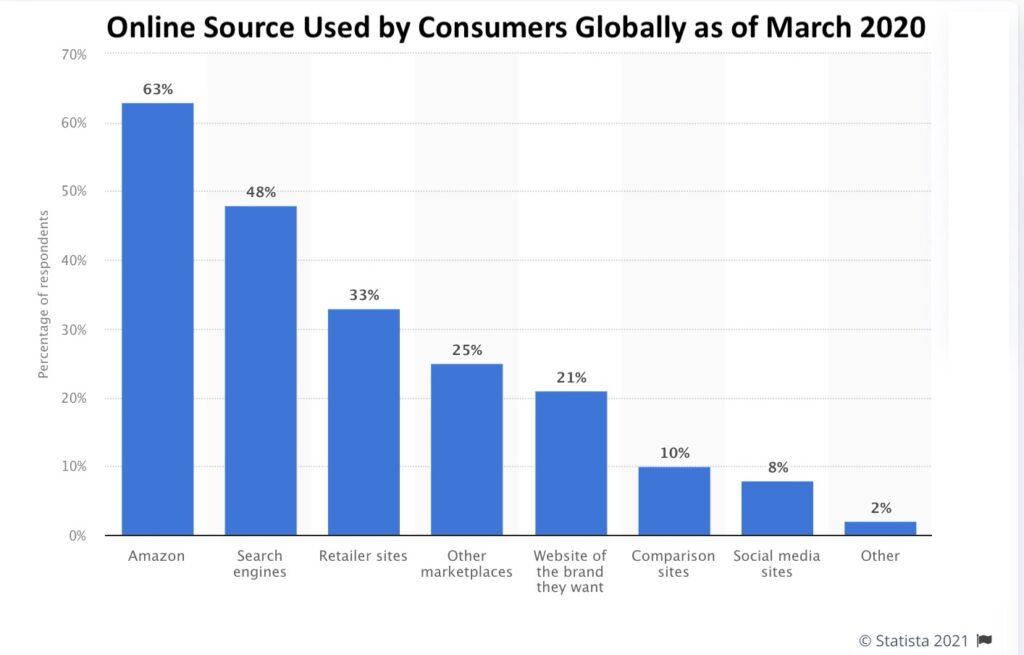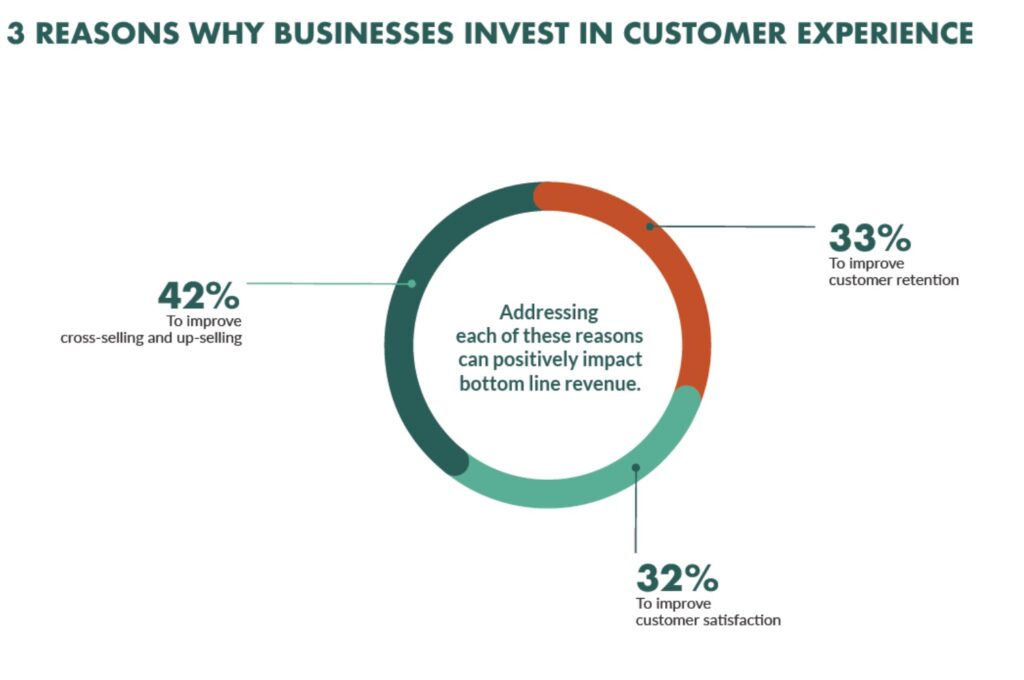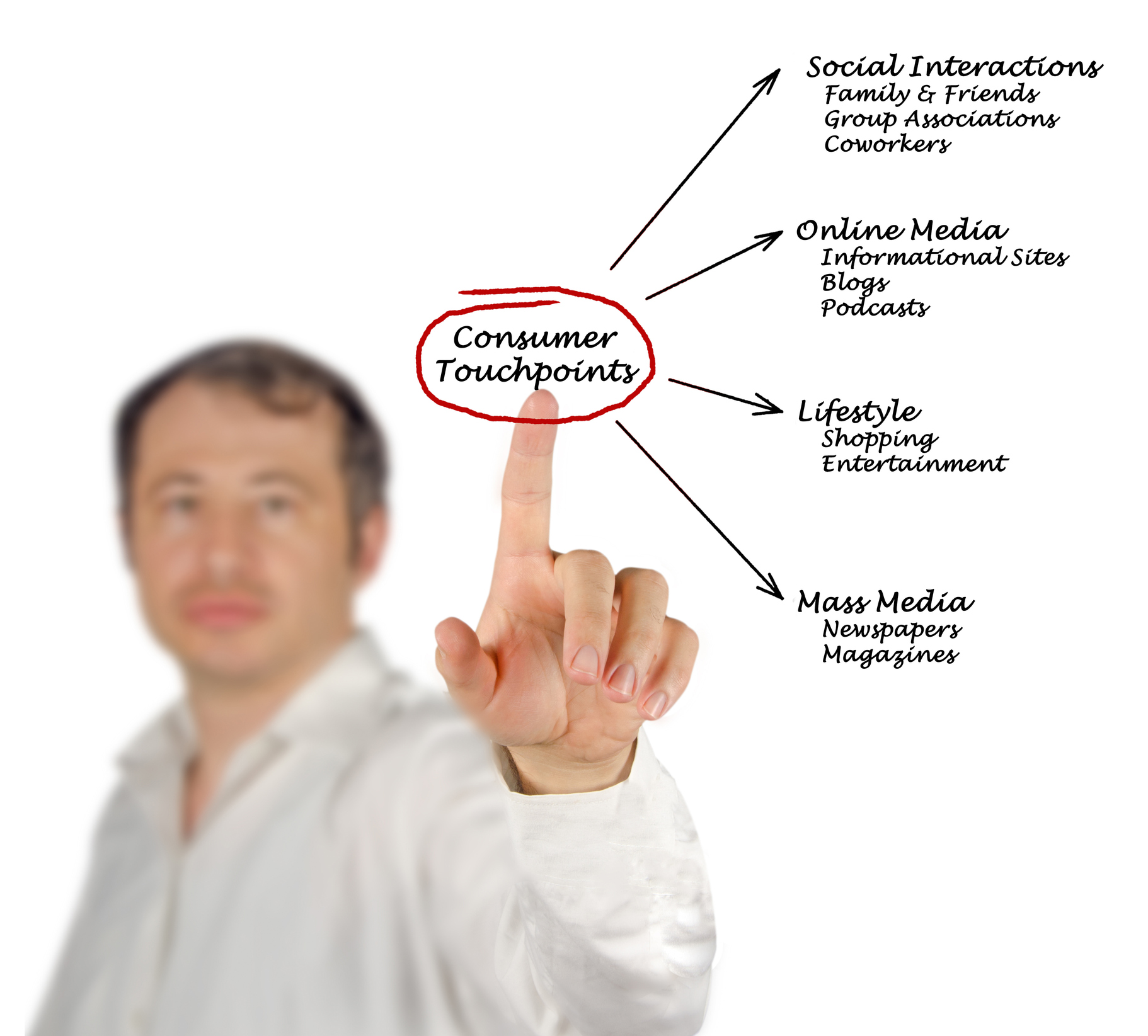What is a Touchpoint, and How Can You Use It to Boost Sales?
You don’t have to convert a lead right away to have a successful sales strategy immediately. Most people don’t purchase until they’ve come in contact with your brand at least eight times.
These brand interactions are called touchpoints. Every touchpoint a customer experiences increases the chances they will purchase from you.
You won’t always be able to control touchpoints. They can be direct interactions with strategies you set in place or indirect contact through third parties.
Either way, touchpoints build the foundation for your lead’s opinion of your brand. When you track your customer’s journey and touchpoints, you gain valuable data on how to improve your sales strategies and boost your brand.
So, what is a touchpoint? Here are nine common customer touchpoint examples and how you can maximize their impact on the sales process.
Key Takeaways:
· Touchpoints are times leads encounter your brand or products.
· Businesses use touchpoints to encourage a sale, monitor what works, and identify pain points.
· A touchpoint can occur before, during, or after a sale.
· By monitoring your touchpoints, you can improve future sales.
Using Touchpoints to Introduce Your Brand
A customer’s first touchpoints are their initial introduction to your brand. So, you want to focus on these channels to make the best impression and encourage customers to move through the sales funnel.
When you use multi-channel marketing strategies, you have the broadest reach. These channels also offer you different information on how consumers are interacting with your brand. Here are three effective first-touchpoint strategies.
Check out this video for more information on touchpoints: 21 Touchpoints on Your Customer Journey Map by Brand Master Academy.
Paid Advertisements
Paid advertisements are a quick way to boost your sales online. They are available through print, radio, television, and the internet. Of those platforms, the internet gives you the most significant reach. However, consumers see between 6,000-10,000 ads a day. So, you need to find a way to make yours stand out.
Social Media
Over 3.78 billion people use social media, which is nearly half of the world’s population. This goldmine of leads is an ideal place to start your marketing as you have one of the highest chances of consumers seeing your brand through posts on:
· YouTube
· TikTok
Search Engine Optimization
Search engine optimization is the strategy of using keywords and links to rank well in online searches. Over 61% of marketers use SEO as their primary marketing technique. By using keywords related to your industry throughout your online content, your website and social pages will show up in searches performed by consumers interested in your products or services.
Using Touchpoints to Finalize a Sale
The following few touchpoints move consumers through the sales funnel until they make a purchasing decision. You have three main touchpoints that provide a way for consumers to finalize a sale.
Online eCommerce Store
If you use SEO correctly, consumers will land on your website. However, not all your visitors are interested in buying products. Some come to your website for other reasons, like finding information. But other times, customers search for your brand and are ready to buy.
About 90% of consumers haven’t decided on a brand when they perform product searches. You have a chance to impact their decision with strategic search result touchpoints that place your products at the forefront of their options.

Physical Interactions
Not all brand encounters will happen online. Sometimes people will see physical products, a store, or advertisements about your brand. Other times they may hear about you through friends and family.
Even though physical touchpoints don’t have as far of a reach as online platforms, they still offer a means for making a sale, like through stores or trade shows.
Call Centers
Nearly 70% of consumers will accept cold calls. Sales representatives make a sale through cold calls when they establish trust, listen respectfully, and create a sense of urgency during the touchpoint.
Using Touchpoints to Follow Up with Customers
Your job isn’t finished once a customer makes a purchase. Your next step is following up with customers. When you reach out to customers with touchpoints after their purchase, you:
· Nurture customer loyalty.
· Learn how to improve future sales strategies.
You have a 60%-70% chance of selling products to an existing customer compared to only a 5%-20% chance of converting new customers. In addition, loyal customers usually spend about 67% more than new customers. Therefore, investing in customer loyalty offers more significant returns than only focusing on generating new leads.
The most important factor in choosing brands for most customers is their experience. A positive customer experience is even more valuable than low prices and quality products. You can improve your customer experience by using touchpoints to gather feedback on paint points.

Invoices and Receipts
One of the first touchpoints a customer interacts with after making a purchase is their invoice. To leave your customer with a favorable opinion of your brand, including:
· Easy to understand information
· Clear instructions for payment
· Detailed outline of costs
· Your business’s information
· A note of appreciation
· A way to leave feedback
Customer Feedback Surveys
If you want to know what you did well or where you fell short, follow up each purchase with a customer satisfaction survey. These surveys gather data on who the customer is, why they needed your product or service, and what they liked or didn’t like about their experience. Use these points to improve your sales methods and touchpoint strategies in the future.
Newsletters and Emails
At some point during the purchasing process, customers usually give their email. You can use their email to continue creating touchpoints, so they don’t forget about your brand and are more likely to make another purchase.
Follow up emails include
· Newsletters
· Sales information
· Appreciation letters
· Special offers
All these touchpoints work towards building customer loyalty and future sales.


